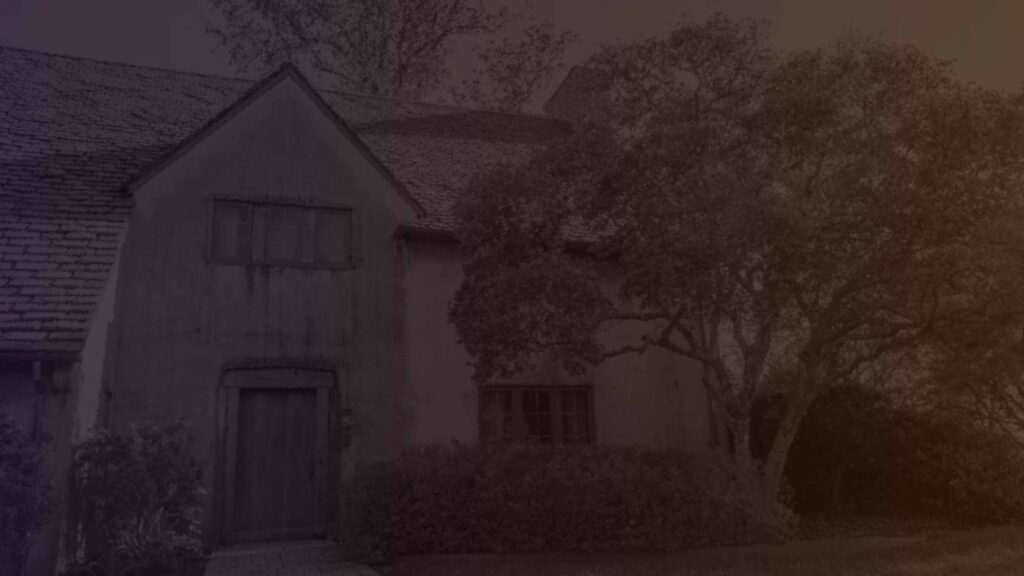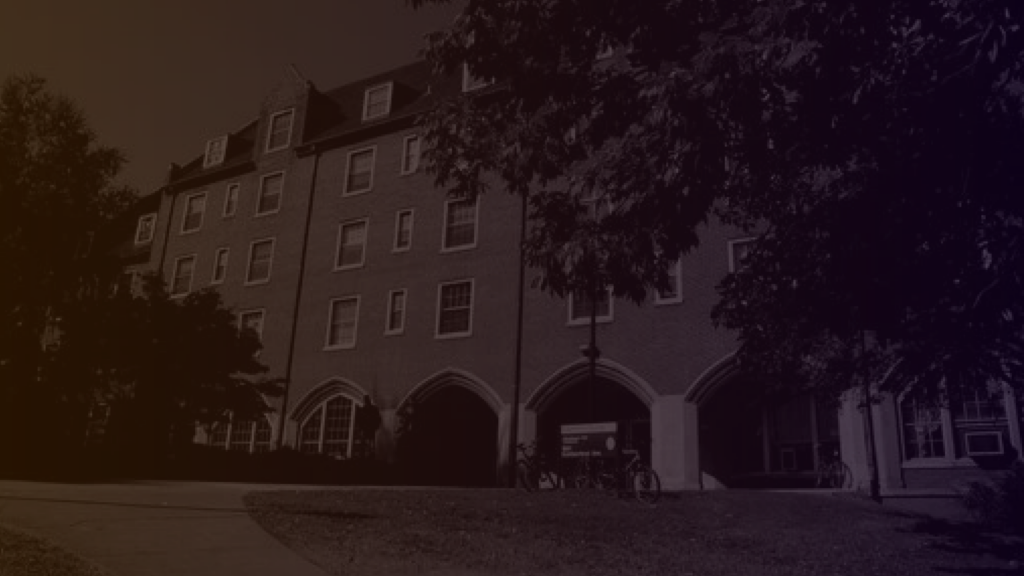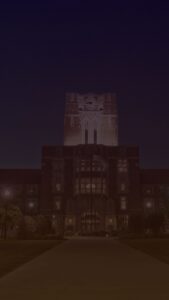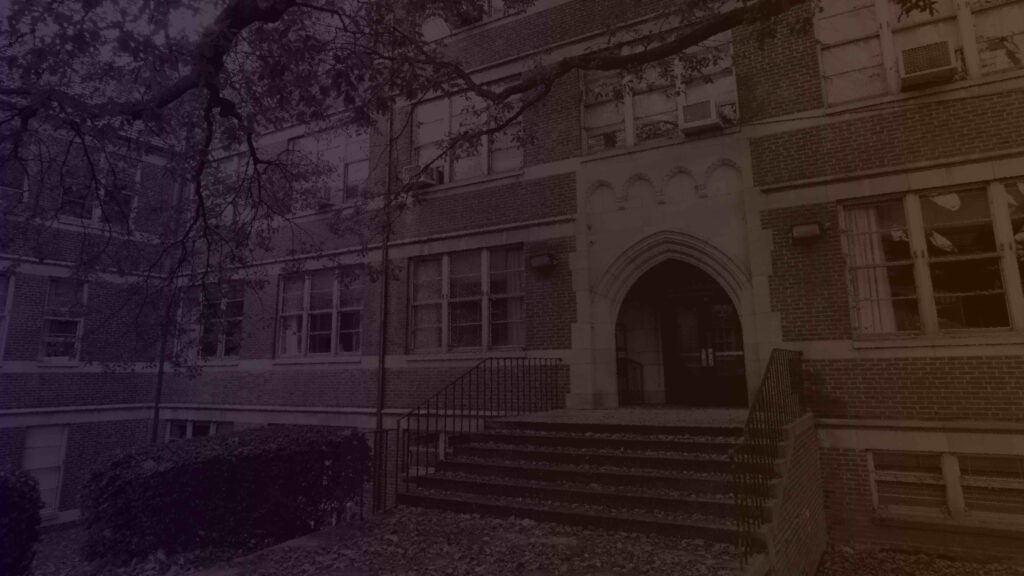With nearly 230 years of history, UT is bound to be filled with some mysteries. We asked our social media followers what questions they’ve always had about the university or campus. Here are a few we were able to answer:
Is there a dog buried on campus?
In the yard of Tyson Alumni House is the grave of Bonita the dog, whowas a gift to Isabella Tyson—the daughter of the home’s original owners, General Lawrence D. and Bettie Tyson. Bonita was a Puerto Rican spaniel given to Isabella by General Ulysses Grant Jr., son of President Grant. She passed away at age 11 and was buried on the family property. The house was later donated to the university with the stipulation that Bonita’s grave would always be cared for.
Where does Smokey live?
Beginning with Smokey I in 1953, the dogs have been family pets of the Brooks and Hudson families. W. C. Brooks provided Smokey dogs until 1994, when Earl and Martha Hudson (the brother and sister-in-law of Brooks’s wife, Mildred) took over as owners of Smokey. The Hudsons’ son, Charles, began caring for Smokey IX in 2011. Charles passed away in 2018, but his widow, Cindy Hudson, cares for Smokey X and Smokey XI. Since 1977, members of the agricultural fraternity Alpha Gamma Rho have been Smokey’s handlers and take care of him while he’s on the job—including sleepovers at their house.
What is Hopecote House?
Completed in 1924, Hopecote House was designed to emulate the cottage architecture of the Cotswald District in England. The university purchased the house from the owner, Mrs. Albert Hope, in 1976 with the agreement that she could live in the house as long as she wanted. Following her death, a committee recommended Hopecote be used as a university guest house and entertainment facility. Early guests included G. Gordon Liddy, Shirley Chisholm, William Windham, Judith Crist, and George McGovern. The house is today furnished with antiques that have been given to the university and serves as a guesthouse and teaching museum.
Is the legend about walking on the seal on Ped Walkway true?
Absolutely. Of course it is! According to Volopedia, however, no official studies have been conducted to prove or disprove the legend that if you step on the university seal you won’t graduate in four years. But you really don’t want to risk it! No one knows when this tradition began—email us at torch@utk.edu or leave a comment below if you have any information.
Are there bones under Neyland Stadium?
Not currently—but at one time the answer was yes. South Stadium was partially renovated in 1971 to make room for more offices, including the anthropology department. Following the establishment of the Forensic Anthropology Center and its outdoor Anthropology Research Center, known as the Body Farm, bones from donated bodies were stored in South Stadium and inventoried in the W. M. Bass Donated Skeletal Collection. The anthropology department and the collection of bones moved to the newly renovated Strong Hall in 2017.
Is campus haunted?
Throughout the years there have been whispers of hauntings of both the human and animal kind. Here are some stories that have been passed down through generations of students, faculty, and staff.
Until 2008, STRONG HALL was a women’s residence hall named for Sophronia Strong, who was born in Shelbyville, Tennessee, in 1817. At the age of 16, she married Knoxville physician Joseph C. Strong and the couple made their life together in his brick home Cumberland Avenue. Sophronia gave birth to 12 children before her death in 1867. One of her sons, Benjamin Rush Strong, left a large sum of money to the university when he passed away. He intended for the school to build a residence hall in his mother’s memory, specifying that it house only women and that a wildflower garden be planted in the courtyard.
Construction of the original Strong Hall was finished in 1925. For decades, residents reported incidents involving the ghost of Sophronia. She was known to students as Sophie and acted as a mother to them. Her spirit was mostly known to be playful, locking students out of their rooms or bathrooms or scaring them with hovering lights in the hallways. Despite her harmless, fun-loving personality, Sophie had no tolerance for disagreements, arguments, or unladylike behavior. One particular room was so filled with paranormal activity that it came to be called Sophie’s Room. It was rare that a student would last a whole semester living in the room before asking to move.
THE HILL has been home to paranormal sightings for years, including a large creature described in many different ways—including a phantom wolf and a cat-like monster that stands on its hind legs.
Reports of the wolf spirit tell of its coal-black eyes and long sharp fangs. Those familiar with the story of the spirit refer to it as a barghest, a spectral hound with huge claws and teeth that was said to be an omen of certain death. The feline version of the Hill’s creature is often associated with the wampus cat of Cherokee legend, said to have piercing glowing eyes and, like the barghest, serve as a death omen.
A second spirit said to frequent the sidewalks of the Hill is much less scary—unless you take a look under his hat. Students have reported seeing a gentleman walking on the steps to Ayres Hall or strolling around the Hill. The apparition has been reported as wearing a celluloid collar and bowler hat, walking with his head bent and hands behind his back. Though some say he does not acknowledge those around him, others have seen him tip his hat, revealing a gaping hole in his head.
Built in 1931 with additions made in the 1960s, HOSKINS LIBRARY is home to a well-known spirit called Evening Primrose, who is said to be active but elusive. Stories tell of her playing with elevator buttons, knocking books from shelves, and, most peculiarly, baking cornbread. When the scent of freshly baked cornbread comes wafting through the halls, staff members know the spirit is to blame. The identity of Evening Primrose is unknown, but according to Volopedia, an alternate version of the story is that the building is actually inhabited by a family or group of ghosts. Maintenance workers have reported strange noises and elevators moving. A Daily Beacon article from 1988 reported that a worker kept hearing noises and locked himself in one of the staff rooms, refusing to come out until the morning crew arrived.
In the grassy area next to PERKINS HALL, it is said, a group of eight men dressed as Union soldiers can sometimes be seen looking over maps and talking. They are said to be the soldiers whose graves were discovered when the foundations for Barbara Blount Hall were unearthed in 1900. Construction was stopped, and the bodies were removed and reinterred at the National Cemetery in marked but unidentified, graves. Soon after Blount Hall was razed in 1979, reports of the meetings in the area next to Perkins began.
Is there a campus quirk, mystery, or legend you’ve always wanted to know more about or have your own story to tell? Email us at torch@utk.edu or leave a comment below!






1 comment
Cassandra Sproles’ exploration of the myths and mysteries surrounding the University of Tennessee campus is a captivating journey into the history and folklore of this institution. From the canine legacy of Bonita, the Puerto Rican spaniel buried at Tyson Alumni House, to the lineage of Smokey, the university’s beloved mascot, the article weaves together intriguing tales that echo through the corridors of time.
The insights into campus traditions, like the superstition of walking on the seal on Ped Walkway, add a touch of whimsy to the narrative. The historical accounts of Haunted Strong Hall, where Sophronia’s playful spirit once roamed, and the spectral creatures on The Hill, evoke a sense of mystery and intrigue.
The stories of Evening Primrose in Hoskins Library, the Union soldiers near Perkins Hall, and the bones once stored under Neyland Stadium provide glimpses into the spectral undercurrents that have become part of the campus lore. Sproles’ meticulous curation of these tales invites readers to delve into the rich tapestry of the university’s history, embracing the myths and mysteries that contribute to its unique identity.
Comments are closed.